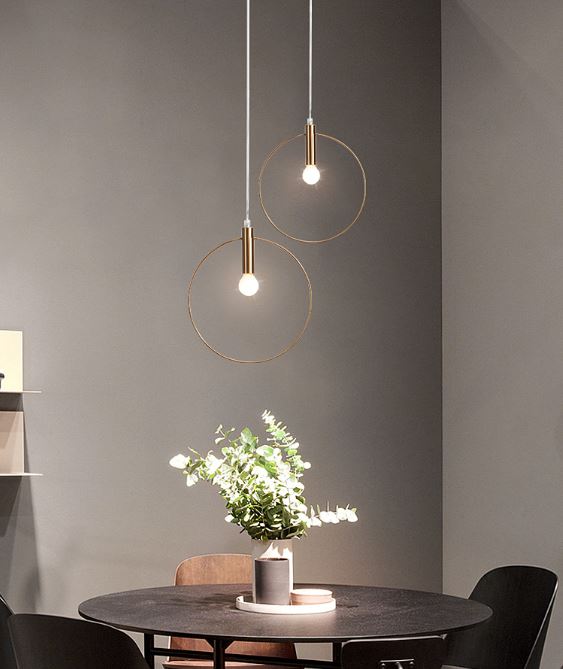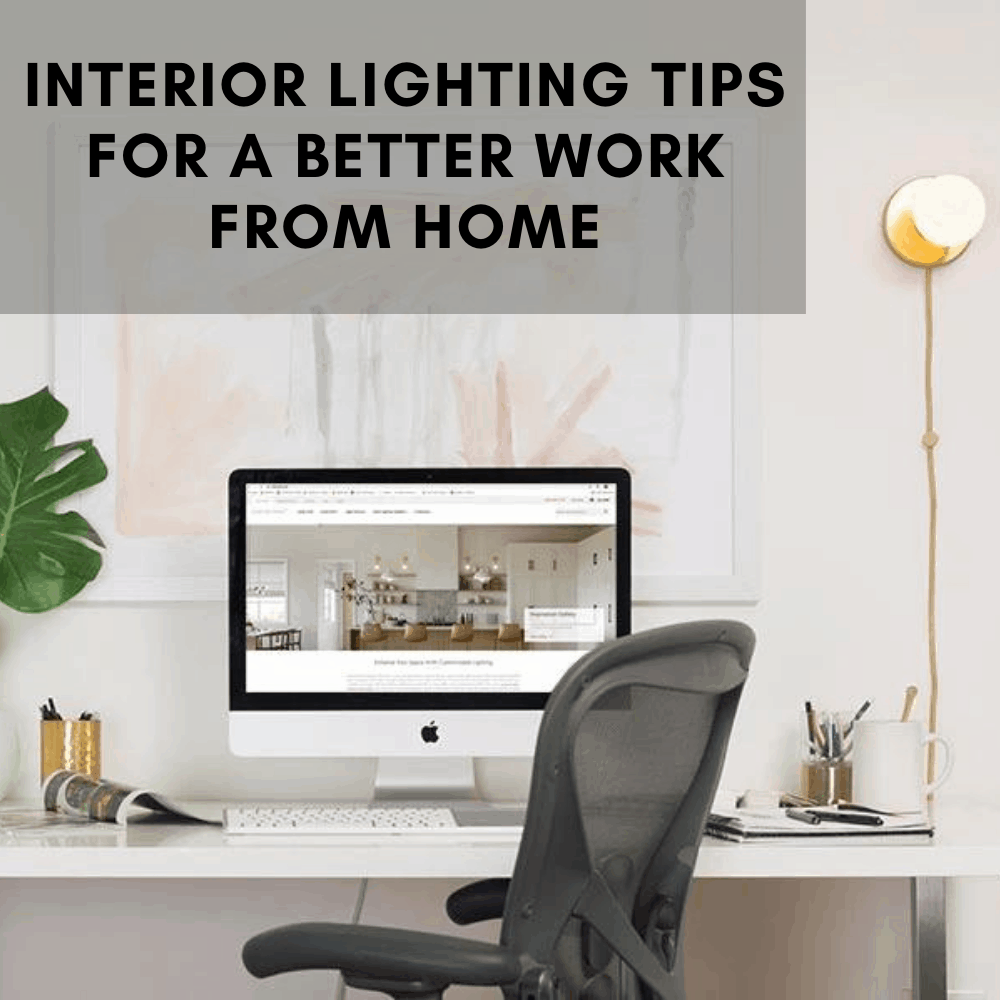
Working from home has been a trend lately. Besides the usual freelancers and home-based job employees, the pandemic has also forced many companies to switch to a work-from-home setup rather than take risks and let employees be infected by the corona virus. If you’re working from home, you should then be asking yourself “am I working on a productive environment?” and “how can I improve my workplace?”.
One of the more basic ways to develop your workspace is through lighting. Here are a few tips you can follow if you want to work more effectively and increase productivity.
Tip No. 1: Natural Lighting
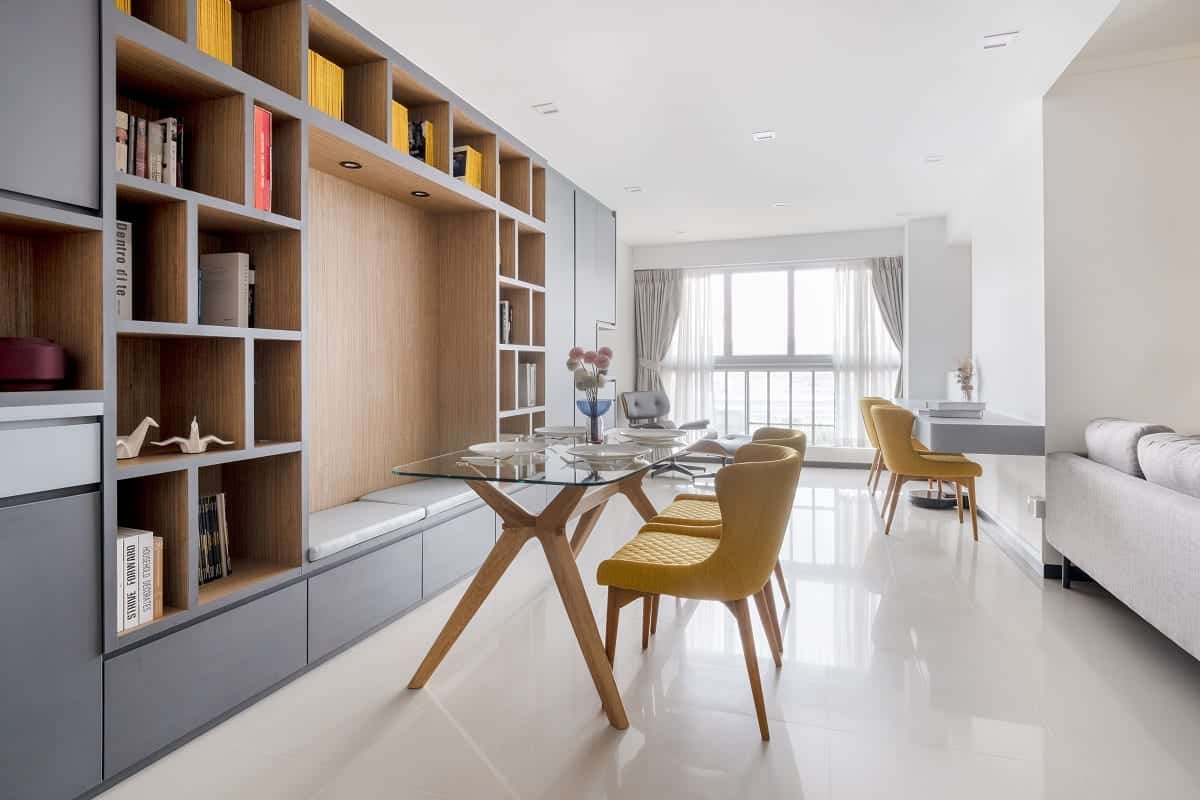
Maximizing natural lighting is a must for a work from home set-up. If you’re fortunate enough to have your office table near a window or at least receive natural lighting, do every means necessary to exploit it.
Here are a few things you can do to maximize natural light in your home office:
- Place large mirrors on spots where light hits
- Place mirrors in key corners
- Create an open environment
- If possible, paint your home office with light color such as white or beigePosition desks in a north or south position to minimize glares and shadows
There are instances, obviously, where natural lighting is just not enough. This is why artificial lights are also important.
Tip No. 2: Brighten Up Your Space with Proper Overhead Lighting
A good work from home set-up needs sufficient general lighting. There should be uniform distribution of light to the entire workplace that can be made possible by using ceiling mounted fixtures. These ceiling mounted fixtures are not as glamorous as a hanging lamp but it gets the job done. If you want a ceiling mounted fixture but you also want something that is not too plain, there are many commercially available ceiling lights you can choose from.
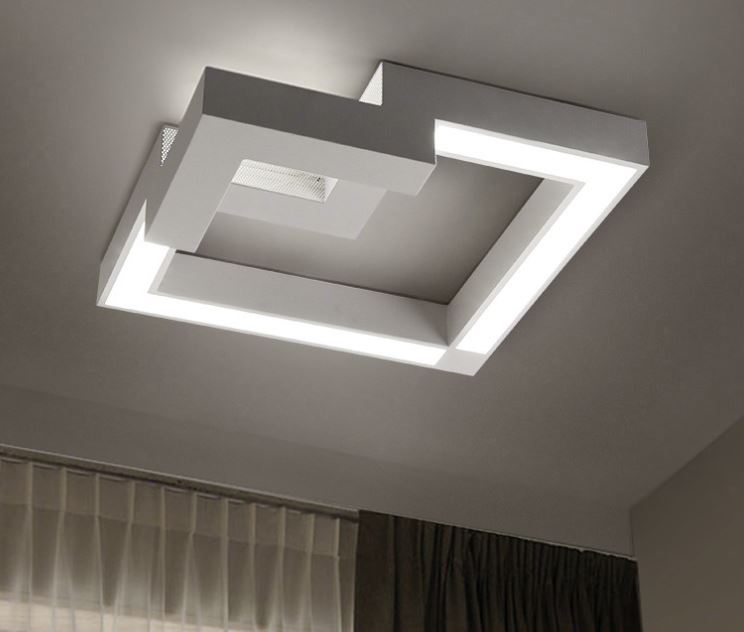
Pendant lamps as general lighting are also highly recommended for a work from home set up. If you’re only utilizing a small portion of space inside a room, a pendant lamp serving as overhead lighting will not look odd even if not installed on the center of the room. This can actually provide design and accent to your room, while still giving the overhead lighting that you need.
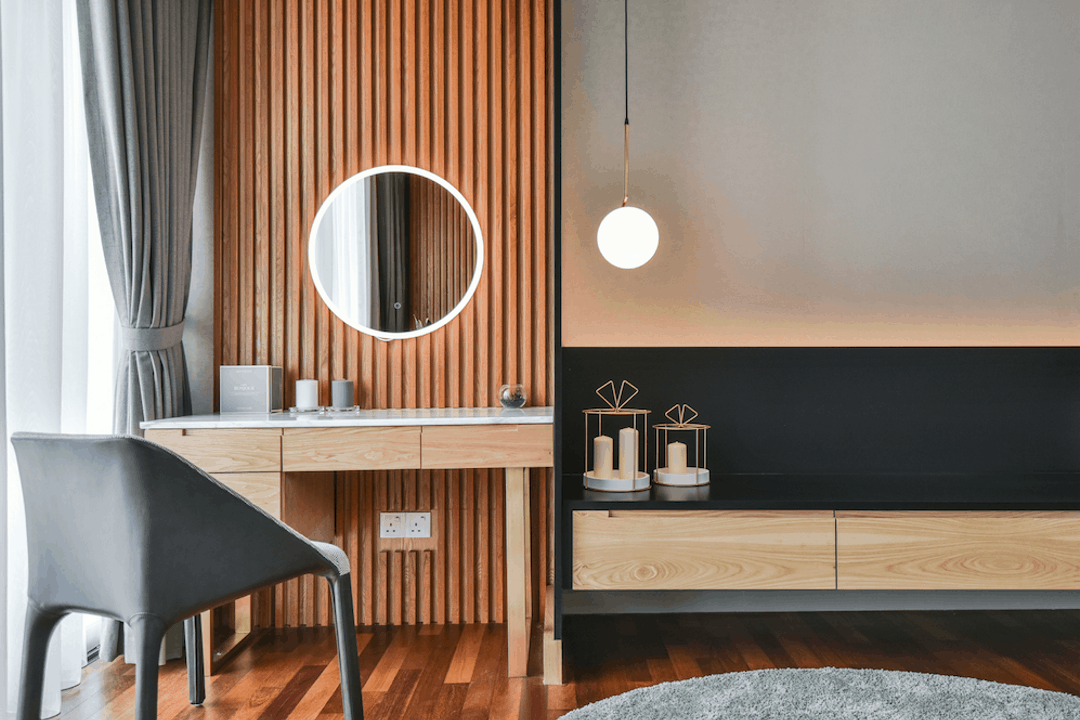
Note that it is important to place pendant lamps at the right level. You do not want it to be too high that it doesn’t live up to its function, but you also do not want it to be installed too low that it provides harsh light.
Tip No. 3: Focused Illumination with Task Lighting
Task lighting is necessary especially for extensive paper works, drawings, drafting, spreadsheets, and the like. With ample task lighting, your home office can be comfortable enough and help you increase productivity at work. In the long run, installing task lights can also be beneficial to you as it helps reduce strain in the eyes. It can also help you focus thus productivity as said and hopefully, efficiency as well.
The most commonly used task lighting are desk lamps. Desk lamps with adjustable necks are highly encouraged for use. This will provide flexibility, giving you the luxury to adjust how close and how far the light can be to the materials on the desk.
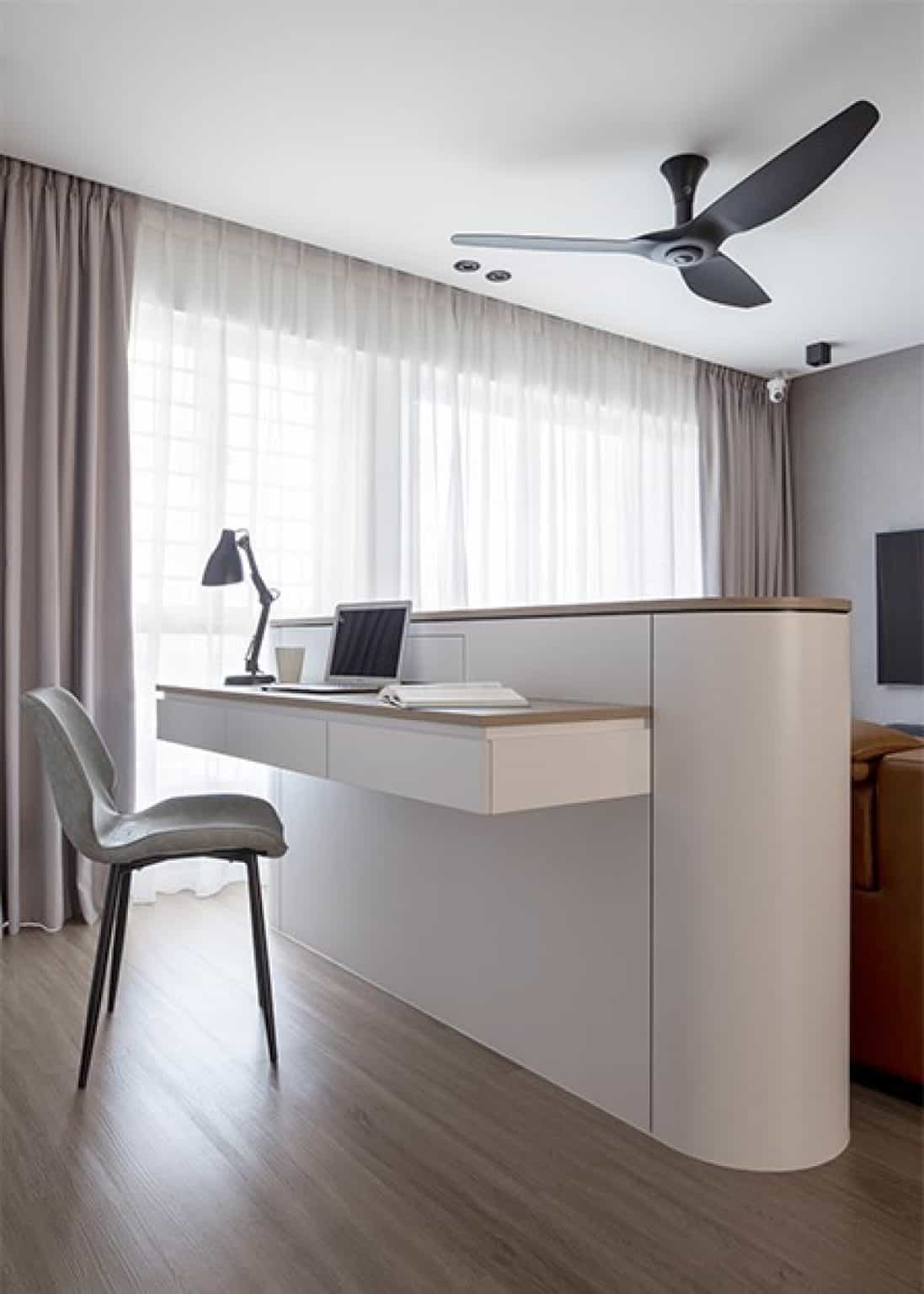
If the desk is small and there’s no space for a table lamp then you may opt for a standing lamp. You may install it on one side of the desk to avoid unwanted shadows and reflections.
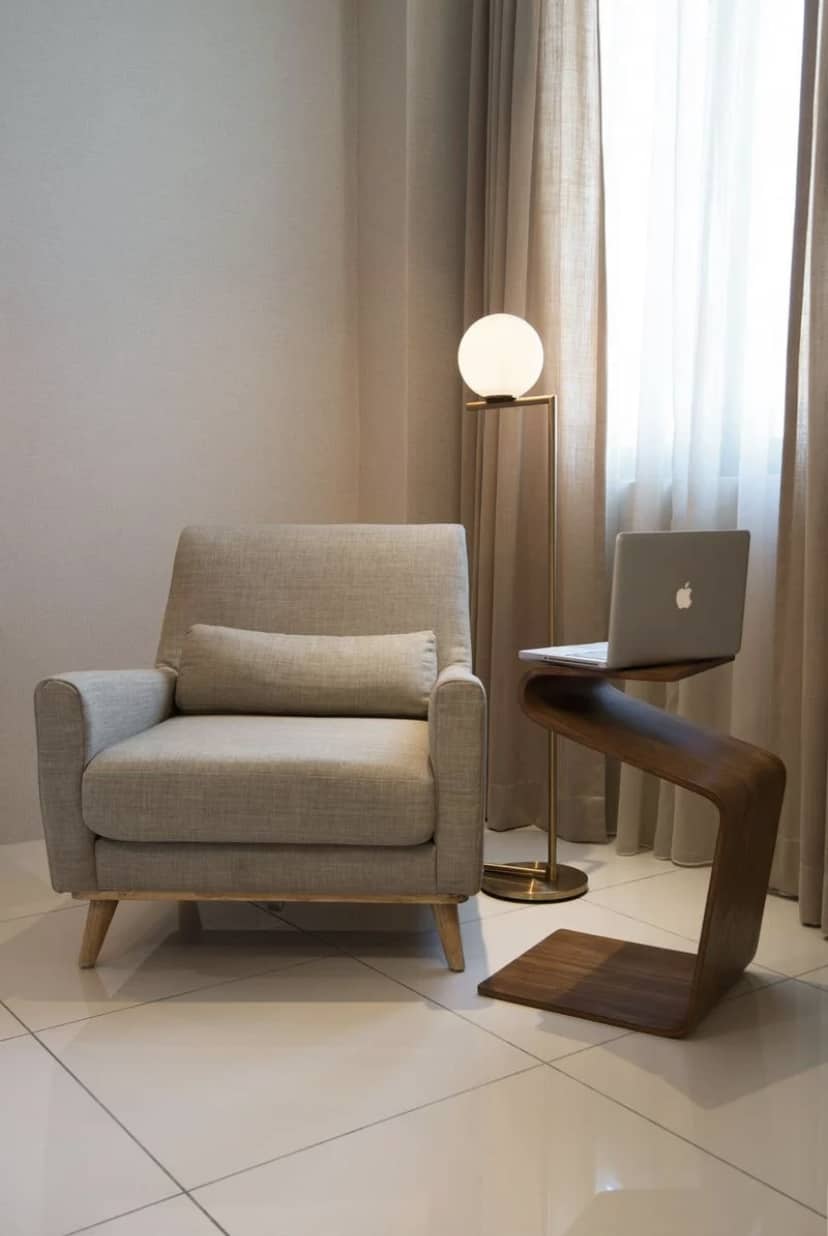
However, if the space on the floor is also limited, you may then go for track lights installed on the ceiling with track heads pointed on your preferred spot. You can also adjust the angle of each track head and illuminate various areas of your home office.
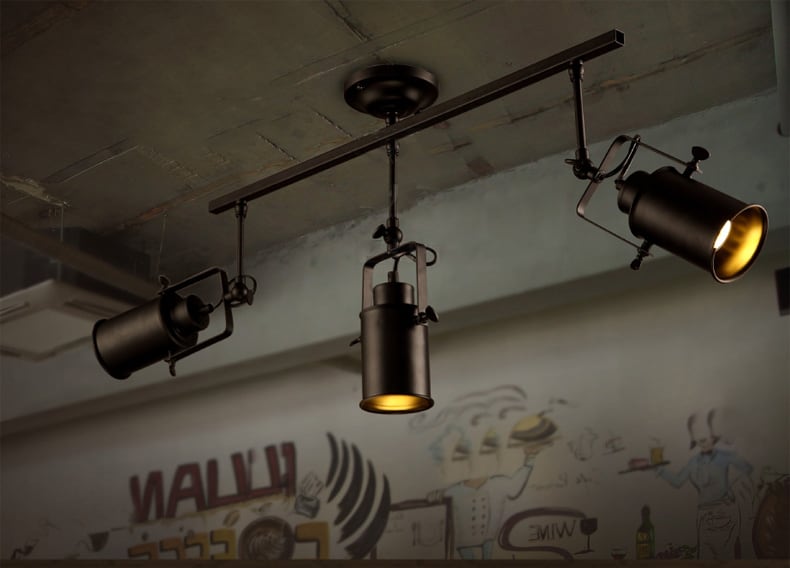
Pendant lamps or other hanging lamps may also be considered to provide task lighting. It is a good complimentary to your overhead lighting.
Get this look: Sibylla Round Ring Pendant Lamp
Tip No. 4: Accent Lighting for a Better Vibe
Effect of interior lights on productivity has been proven by various studies. But sometimes, it is not just the light itself (or the light emitted) that you should consider. More often than not, the look of your home office, which can be improved by interior lighting, can also help you work better. How? Imagine having a nice place to work at. Most probably, you’ll be inspired to put more effort seeing how conducive your place is to working.
With accent lighting, you can revamp your home office with a smart and trendy look. Install under cabinet lights, track lights, hanging lamps, or recessed lights. You will not only be enticed to work but you’re also giving your room a little dramatic effect and you’re able to spruce up your area for video calls or webinars.
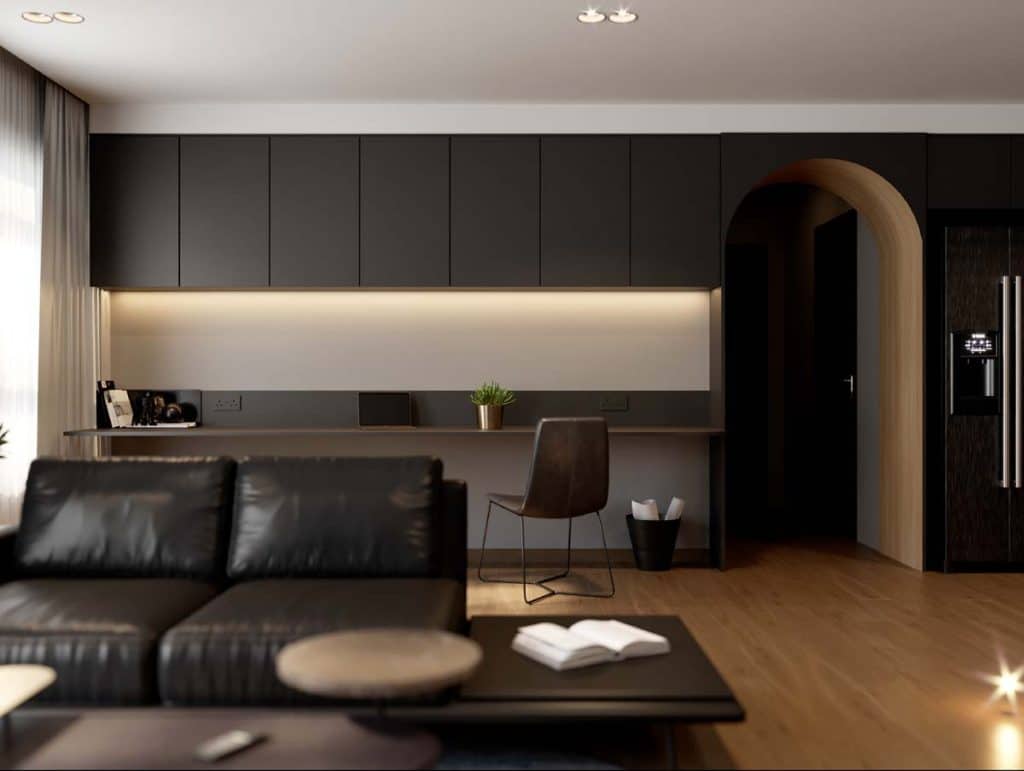
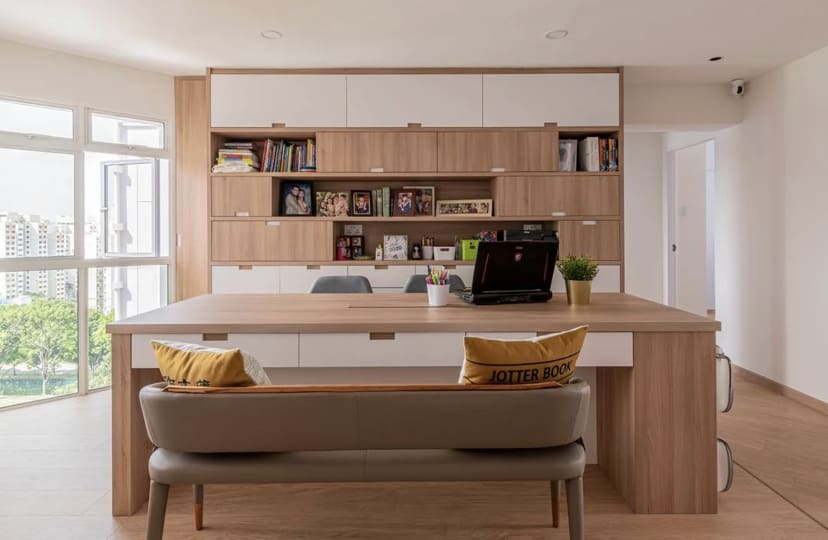
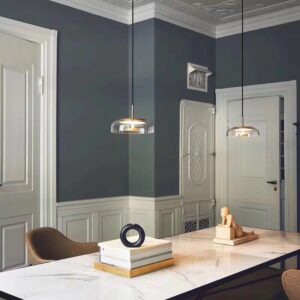
Tip No. 5: Right Color Temperature – Professional and Beneficial
It is also important to be firm in using bulbs with color temperature of white or “daylight” instead of “warm white”. Many scientific studies have shown that cooler lights such as white lights are good for working, concentrating, and waking up, whereas warm white or yellow lights are better for relaxing or sleeping.
But besides proven scientific benefits, it is also important to use daylight bulbs as it omits brighter light. This makes it perfect for video conferences, zoom meetings, and the like, giving your virtual presence a sense of professionalism.
Furthermore, using the right color temperature for your bulbs also provide various long term benefits. This includes reduced fatigue and headaches, better mood, minimized eye strain, and other discomforts. The right bulb color without a doubt is key to your work from home experience.
Most probably, you don’t know how long you’ll be working from home. Try out some of these interior lighting tips for your home office and see the difference!
